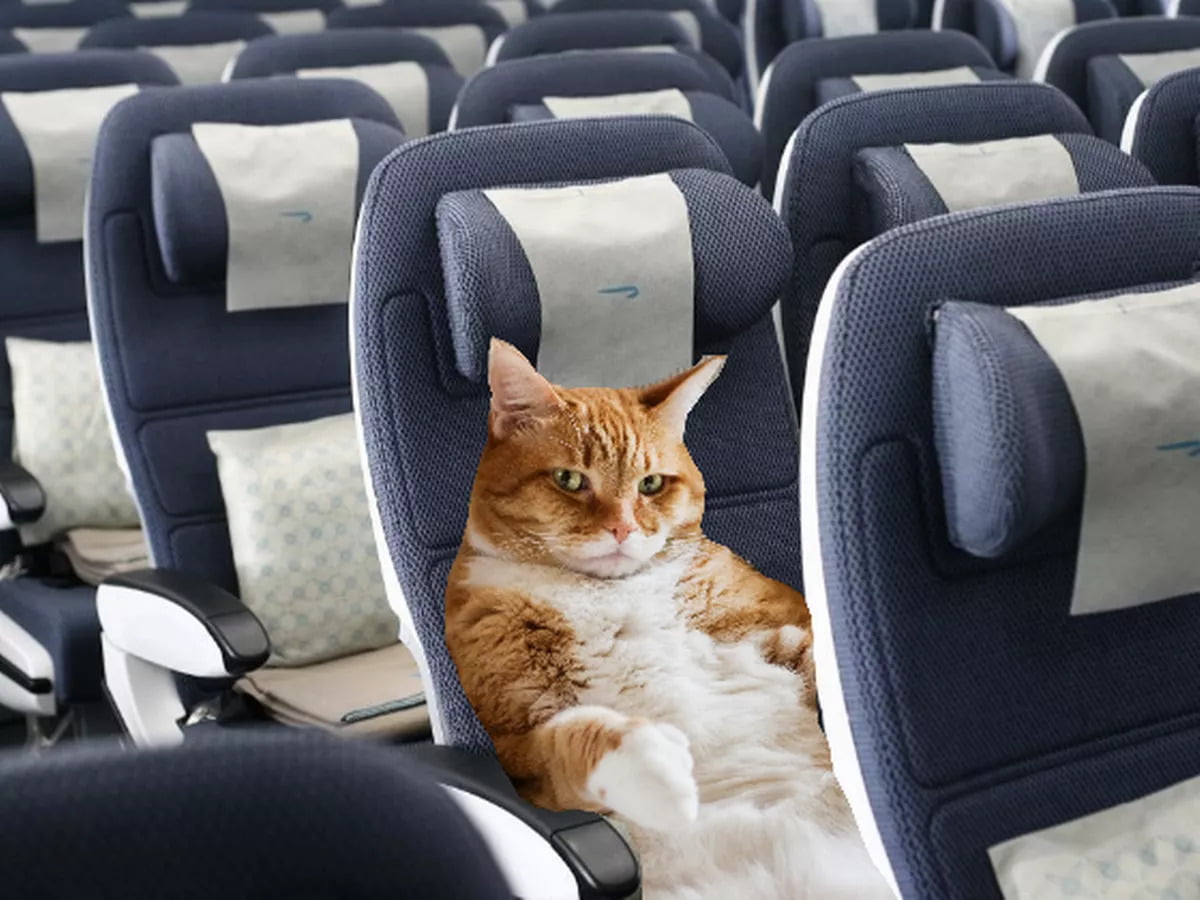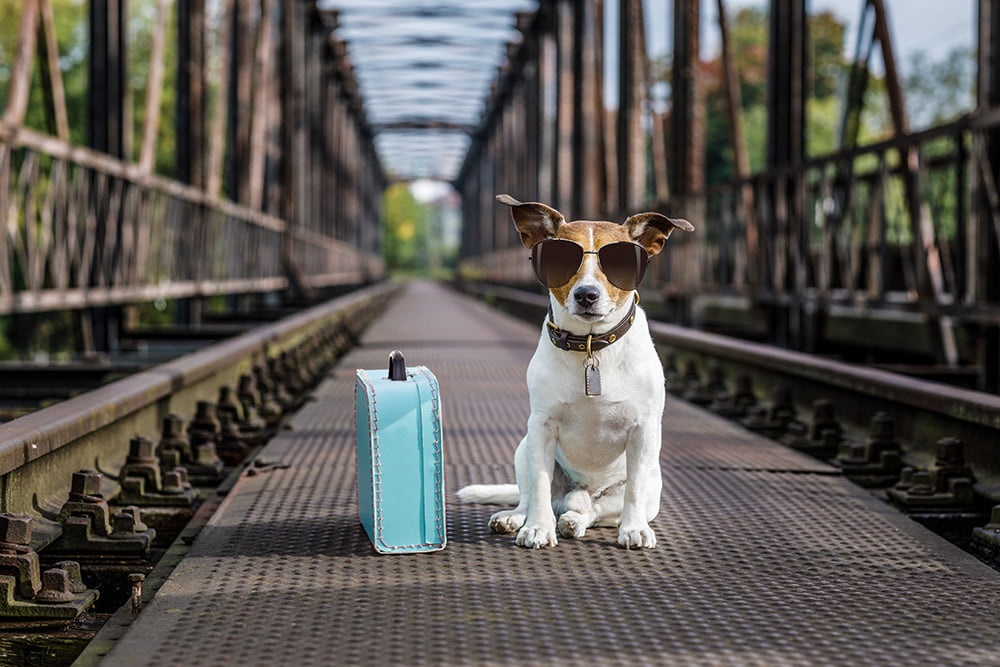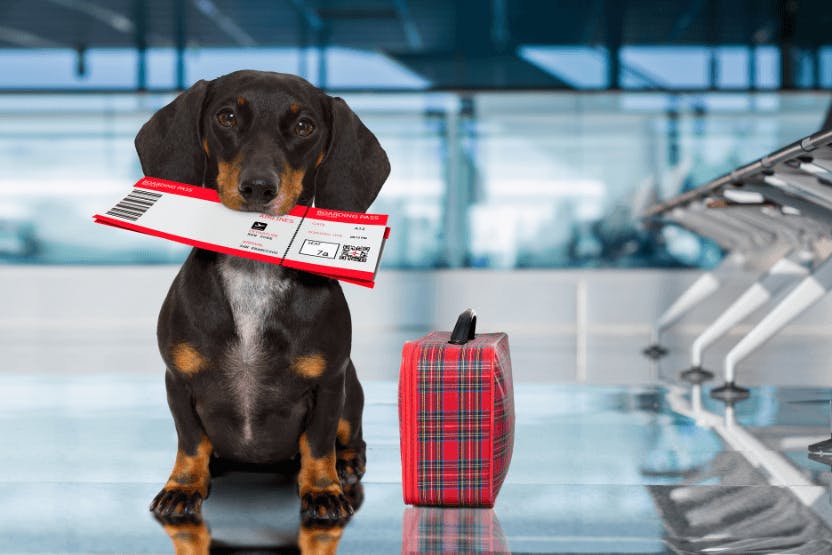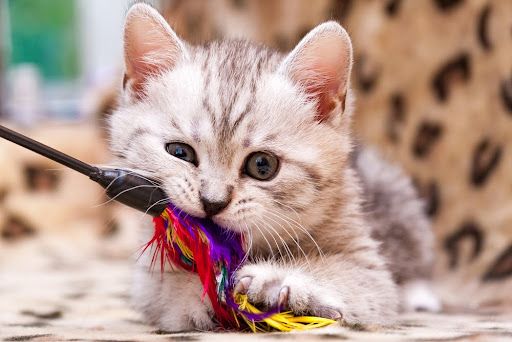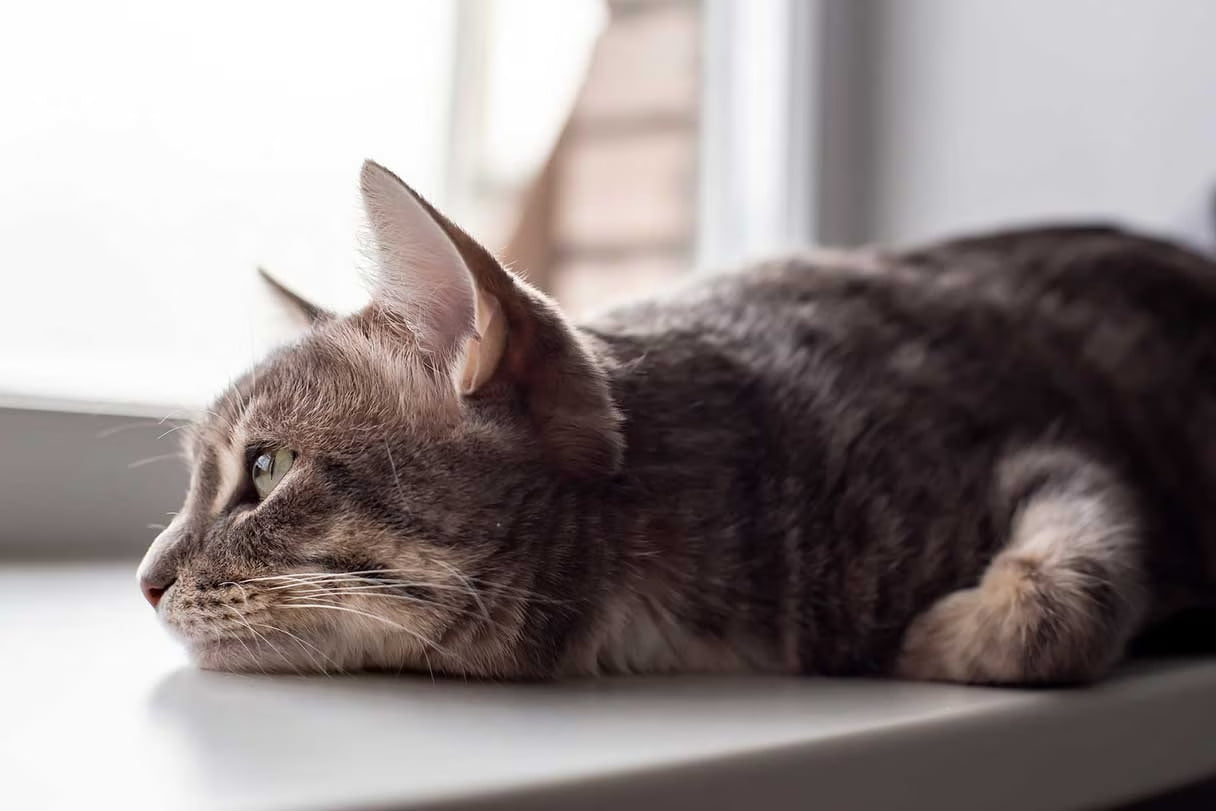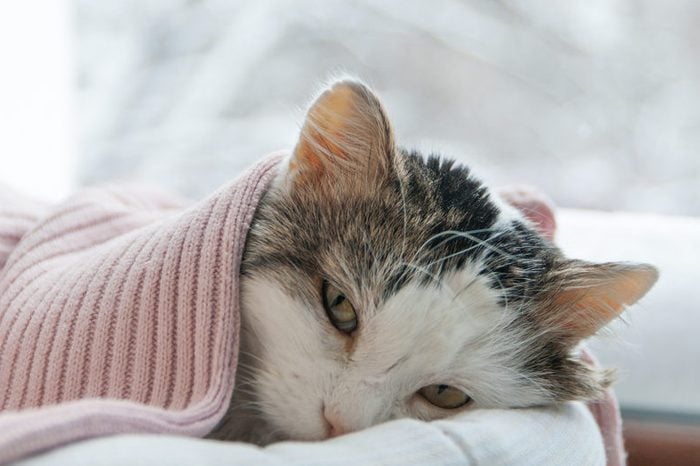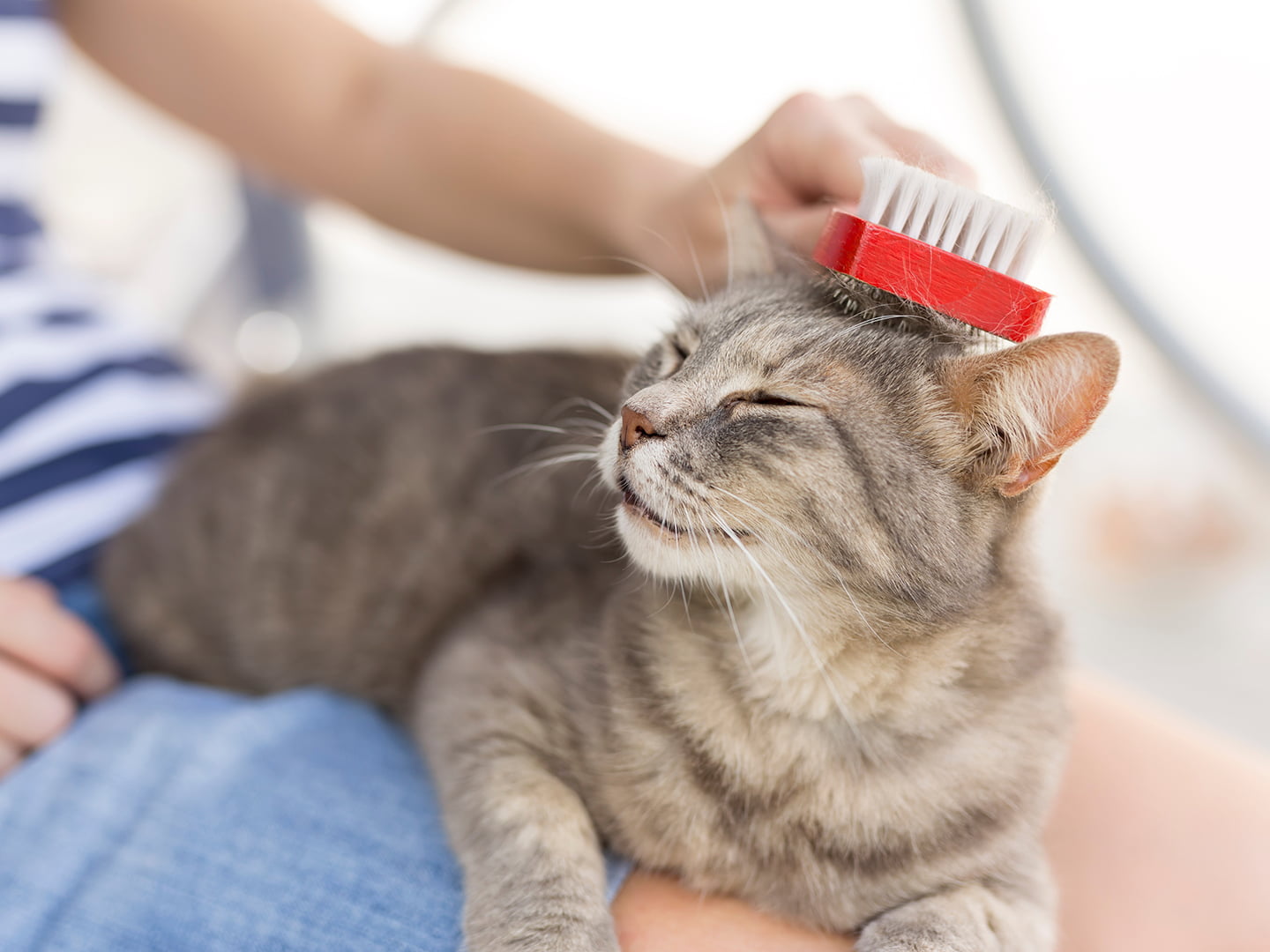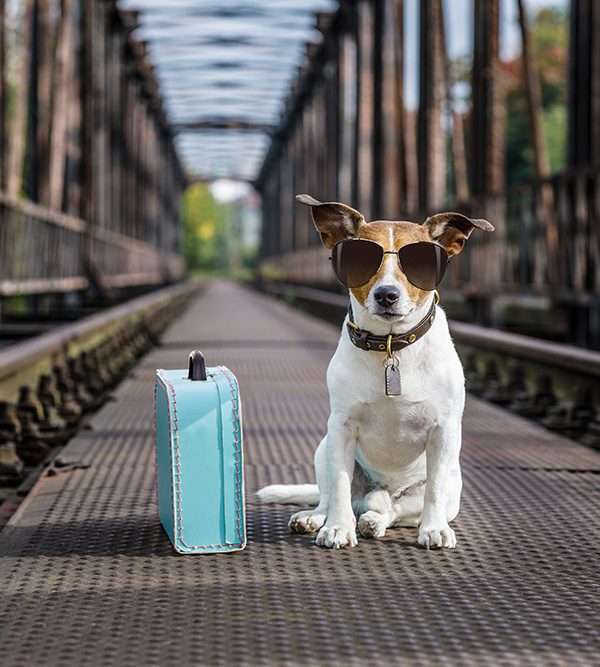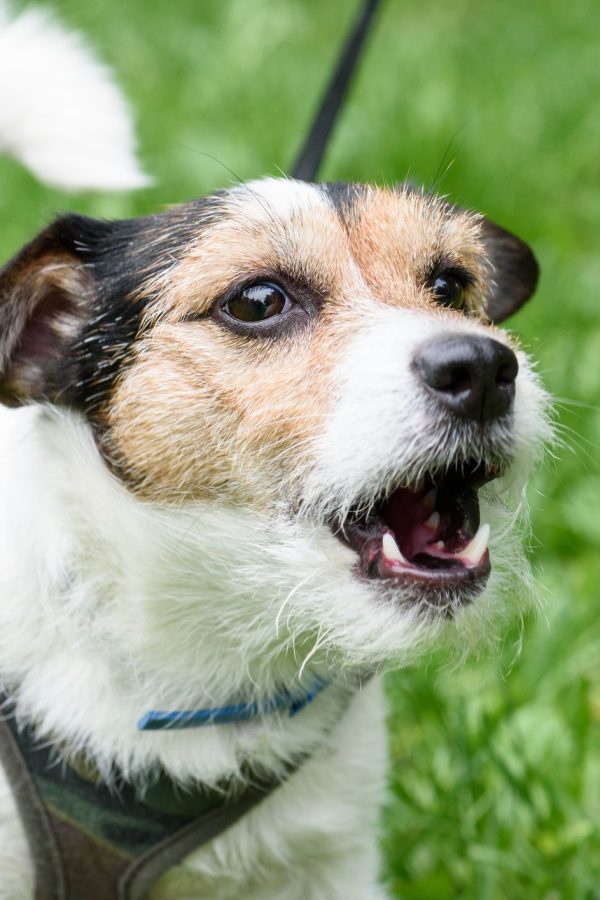Discover guidelines for safe and comfortable air travel with your cat, ensuring their well-being and reducing stress during the journey.
Flying with Your Cat
Traveling with your cat can be a stressful experience, both for you and your feline friend. However, with proper preparation and following some guidelines, you can ensure a safe and comfortable journey for your cat during air travel. Here are some tips to make flying with your cat a breeze.
Guidelines for Safe and Comfortable Air Travel
Here are some guidelines to help you get started:
- Check with your airline to see if they allow cats in the cabin. Not all airlines allow pets in the cabin, so it’s important to check with your airline before you book your flight.
- Consult with Your Veterinarian. Before embarking on any air travel with your cat, it is essential to consult with your veterinarian. They can provide valuable advice specific to your cat’s health and needs. Your vet can also ensure that your cat is up-to-date on vaccinations and is in good health for travel.
- Make sure your cat is up to date on all of their vaccinations. Many airlines require that your cat be up to date on their rabies vaccination, as well as other vaccinations depending on the destination.
- Get a pet carrier that meets the airline’s requirements. Selecting the appropriate carrier for your cat is crucial for their safety and comfort during the flight. Opt for a carrier that is sturdy, well-ventilated, and airline-approved. The carrier should be spacious enough for your cat to stand, turn around, and lie down comfortably. Familiarize your cat with the carrier by placing it in their environment well before the travel date.
- Pack your cat’s carrier with their favorite toys, blankets, and food. This will help them feel more comfortable and secure during the flight.
- Do not feed your cat for 4-5 hours before the flight. This will help to prevent them from getting sick.
- Acclimate Your Cat to the Carrier. Help your cat associate the carrier with positive experiences by gradually acclimating them to it. Start by leaving the carrier open in your home, allowing your cat to explore it at their own pace. Place treats, toys, or bedding inside to make it a comfortable and inviting space. Gradually increase the time your cat spends in the carrier, making sure they feel secure and relaxed.
- Take your cat to the bathroom before you leave for the airport. This will help to prevent them from having an accident in their carrier during the flight.
- Be prepared for security. Your cat’s carrier will need to go through the x-ray machine, so you may need to remove them from the carrier for a short period of time.
- Once you’re on the plane, place your cat’s carrier under the seat in front of you. Make sure the carrier is secure and that your cat cannot escape.
- Check on your cat periodically during the flight. Make sure they are comfortable and that they have enough water.
- Secure Proper Identification. Ensure that your cat has proper identification, including a collar with an ID tag and a microchip with updated contact information. In case your cat becomes separated from you during travel, having identification will increase the chances of a safe reunion.
- Choose a Direct Flight. Whenever possible, opt for a direct flight to minimize travel time and reduce stress for your cat. Connecting flights can increase the risk of delays, mishandling, and additional stress for both you and your feline companion.
- After the flight, let your cat out of their carrier and take them for a walk or play session to help them relax.
Following these guidelines will help to ensure that your cat has a safe and comfortable flight. With a little planning, you can both enjoy your trip together.
Additional tips
- If your cat is not used to traveling, it may be helpful to start by taking them on short car rides. This will help them get used to being in a confined space and being moved around.
- If your cat is prone to motion sickness, you can give them a mild sedative before the flight. However, be sure to check with your veterinarian first.
- If you are flying with a long-haired cat, you may want to consider trimming their fur. This will help to prevent them from getting matted or tangled during the flight.
- Bring a copy of your cat’s vaccination records with you in case they are asked for by the airline.
- Be patient and understanding with your cat during the flight. They may be stressed or anxious, so it’s important to be gentle with them.
With a little planning and preparation, you can help your cat have a safe and comfortable flight.
Flying with your cat can be a manageable experience with proper preparation and adherence to these guidelines. Remember that every cat is unique, and some may require additional measures to ensure their comfort during air travel. By prioritizing your cat’s well-being and following these guidelines, you can make flying a safe and comfortable experience for both you and your feline companion.

